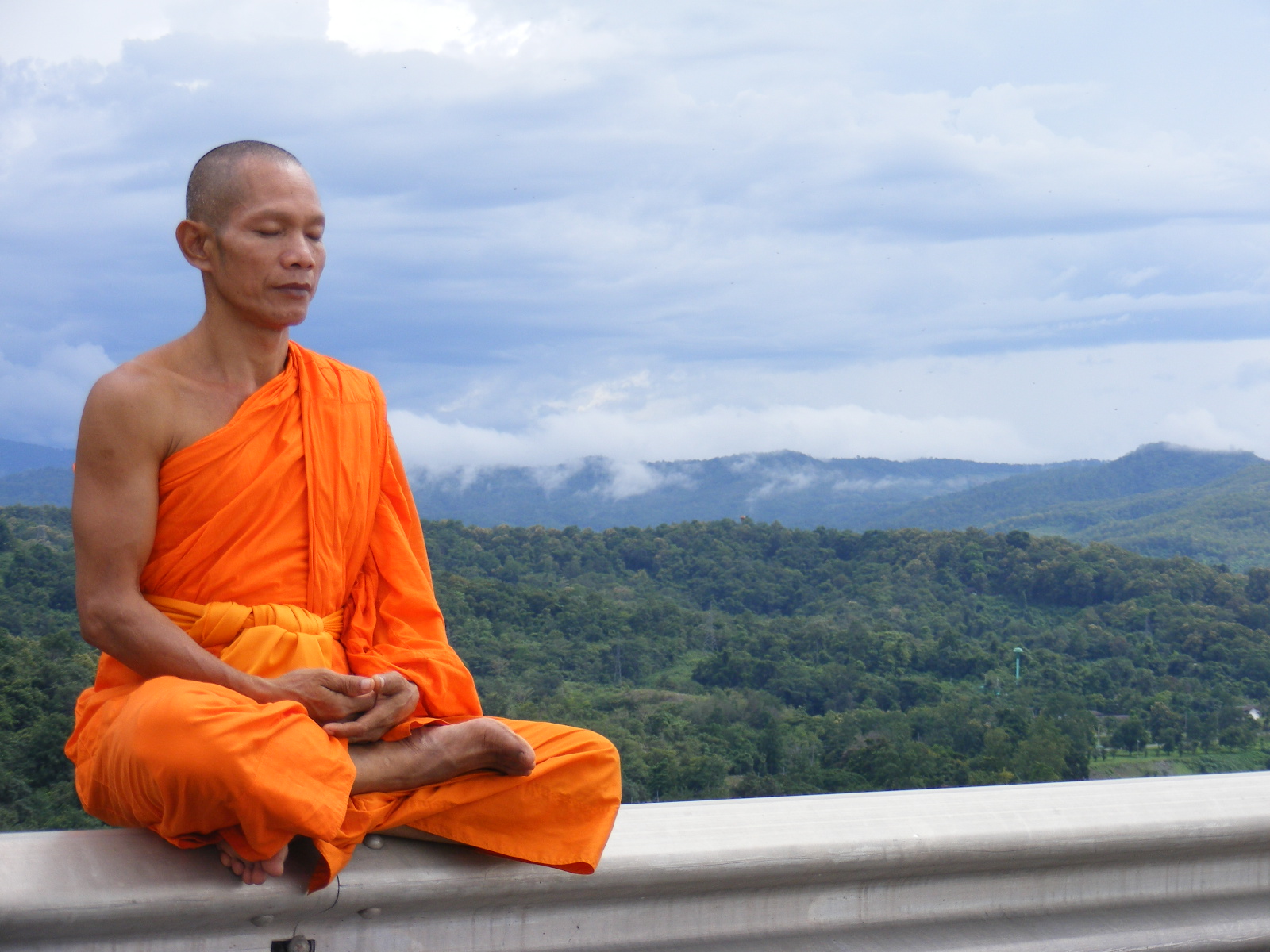What Is The Purpose Of Buddhist Meditation?
Some people see Buddhist meditation as a time of relaxation and rest to relieve the stress of everyday life. Others see meditation as a spiritual practice in its own right, as in the case of Buddhists.
For what purpose do Buddhists meditate?
Meditation is not synonymous with performance or perfection. It consists in seeking truth as Siddhartha Guatama did before entering his state of Buddhahood, that is, before attaining enlightenment. It is a psychological activity designed to help a person discover his nature. In a word, meditation is an act that is done in full consciousness and lucidity. Through this practice, the meditator can learn more about his or her reason for being, which is more authentic in itself. In other words, his ego disappears to give way to an understanding and apprehension of reality and life.
Moreover, the discovery of the essence of life is also done through meditation. This includes the joy of life, love and energy. In order to achieve the goal set before meditating, it is imperative to think about "liberation". Indeed, we are in search of the truths that concern us, but we are not seeking perfection as indicated above.
Historical dates of the meditation
Generally speaking, the art of meditation dates back about 4000 years. But if we look at history, the written evidence indicates that this approach dates back to 500 BC. In addition, during an excavation session conducted by archaeologists in Indian caves, they discovered frescoes of people in meditation positions. But in the contemporary world, the genesis of meditation depends above all on each religion. As in the case of Hinduism, meditation was taken from the Sutra Yoga of Patanjali in the 2nd century BC.
According to the Buddhist trend, meditation began in India about 25 centuries BC. The history of this practice converges with that of Siddharta Guatama known as the historical Buddha. When he decided to leave his father's palace where he lived with his family, parents, wife and child, he entered a monastery and became a monk. Then he began to wonder about samsara, the infernal cycle of birth and death. This quest for liberation led him to meditate for about forty days during which he reached enlightenment. It is thanks to this enlightenment that he was able to help beings free themselves from suffering. We can then say that meditation is at the origin of the Buddhist doctrine.

Buddhist Meditation, Therapy and Spiritual Approach
On the one hand, meditation is used as a therapy to treat patients suffering from stress or psychological disorders. The goal of this psychoanalysis is to help the suffering person to return to his or her normal state of mind and to purify him or her mentally and physically. This session is practiced by a real master, who travels to several health institutions such as clinics and hospitals to care for and treat patients according to their case. This is done with the apprehension and approval of the attending physician. According to scientists, the experimentation of this practice has revealed that it is a remedy that contributes to the patient's state of health, physical or mental. Meditation also helps to heal the aftermath of trauma and injury.
On the other hand, the ultimate goal of meditation is to awaken and purify the mind. During a session, the meditator is in search of wisdom and liberation in order to attain happiness and better communicate with those around him, to work on his dark side and to optimize his well-being. It is then a sure way to know and understand yourself, your environment and life in general. From this point of view, meditation is an art because it has the power to change a person's vision and transform their life from a physical, psychological and mental point of view. Through this practice, she regains self-confidence and gets answers to her questions, especially the truth.
The most common types of meditation
Meditation is a practice accessible to all and does not depend on age, health or intellectual level. But, to do meditation well, self-teaching is not a better idea. It is imperative to be taught by a teacher called a spiritual guide. His role is to guide, advise, instruct and correct his apprentice.
Three types of meditation can be distinguished:
- Active meditation: This is the easiest form of meditation to practice. It can be done by dancing or even walking. The ideal time to do it is at the end of the day;
- Mindfulness Meditation: This is its most common and well-known form. It is the meditation done by the historical Buddha when he was in search of truth and liberation from samsara. The practice consists of coming into contact with oneself through the subconscious mind;
- Transcendental meditation: this form of meditation consists of reciting a mantra for about twenty minutes to free oneself from negative thoughts.
Buddhist meditation, why do we do it?
Also known as Vipassana meditation, Buddhist meditation is different from ordinary meditation, such as the example of meditation in which the meditator focuses his mind on objects such as the candle flame and the photo, and on recitations and songs. It is the oldest form of meditation and a process in which the mind rests.
During the session, the meditator uses his or her concentration to better connect with the mind, consciousness and body. This technique is based on the Satipatthana Sutta. The ultimate goal of Buddhist meditation is to have a complete transformation in life and especially to free oneself from self-control, that is to say, from one's own desires, bad habits, negative thoughts and others.


